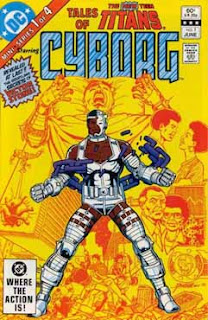What follows is excerpted from the journal publications of the scholar Nura Glismod who was sent by one minster or another of Ascolanth (the writ, in the manner of all standard Imperial bureaucrat text, is unclear on its specific authorities) as part of an "exchange" with the hwaopt at the Library of Ao-Dweb.
First, I should address the less pleasant aspects of interaction with hwaopt, namely the odor. My associates and I utilized olfaction dampeners to make it bearable, but I found it necessary to burn my clothes afterwards.
What has generally been said about the Library is true: It is undoubtedly the greatest repository of knowledge currently in existence and a center for the most advanced scholarship in the world. It sprawls over numerous subterranean chambers, some of which must be natural, if modified, others some entirely constructed.
The humidity of caves would generally be a barrier to their use as an archive, but the hwaopt have enacted some sort of magical shield (one can feel it when entering the structure) that keeps the air dry. I was told by another visitor (a suspicious voluble An-Woon Thuan of the Mountain of Wizards) that the hwaopt have wards to dampen magics within the Library for fear of eroding their controlled encompassment.
The hwaopt organizational system is arcane. I was told that librarians only those you can passed rigorous examinations in the hwaopt classification of knowledge. The dangers to any would-be browser are more than merely not finding the volume one was looking for. I was told by our guide in what I assume are sober tones for a hwaopt that persons have become lost in the library for days when they wondered off to more esoteric collection areas. Apparently, scent plays some part in the hwaopt system, but the details are closely guarded.
One unusual danger in the Library: the occasional incursion by troglodytes from some neighboring caves. This occurred in a part of the structure why we were there. It is puzzling as to why the hwaopt allow this, when presumably they could prevent it. Instead, they merely close areas of the library to the public until the brutish creatures have moved on.
Perhaps related to this mystery, I happened to observe at a distance an interaction between a troglodyte and a hwaopt while we were being ushered to a different location due to the incursion. The hwaopt seemed in some sort of stupor, perhaps even paralzyed. The troglodyte approached very close with a demeanor of hostility, but the hwaopt remained rooted to the spot with an expression I would call vacant, while acknowledging the difficulty of diving meaning from their alien countenances. What became of the hwaopt, I do not know, and I thought it best not to question our guides on it.

.png)
























